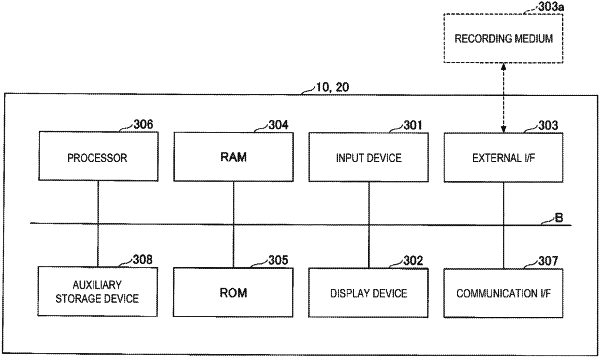| CPC G01C 21/3423 (2013.01) [G06N 20/00 (2019.01)] | 10 Claims |

|
1. A learning apparatus comprising a processor configured to execute operations comprising:
receiving route information of a route and moving body number information as training data, wherein the route information of the route specifies one or more paths in the route, the one or more paths are parts of a plurality of paths, and the moving body number information indicates a number of moving bodies for a date and a time on a path to be observed among the plurality of paths; and
training a machine learning model using a set of the route information of the route, the moving body number information of the one or more paths, and date information, wherein the training of the machine learning model comprises updating at least a parameter of a number of moving bodies on the route in the machine learning model, thereby minimizing an error between output of the machine learning model and values of the training data for improving accuracy of the output, the machine learning model determines a first relationship and a second relationship, wherein the first relationship represents a relationship between a number of moving bodies on each path of the plurality of paths and the number of moving bodies on the route, and the second relationship represents a relationship between the numbers of moving bodies on the route at different dates and times;
storing the updated parameter of the machine learning model as a learned machine learning model; and
determining, based at least on a different date, the first relationship and the second relationship using the trained machine learning model.
|